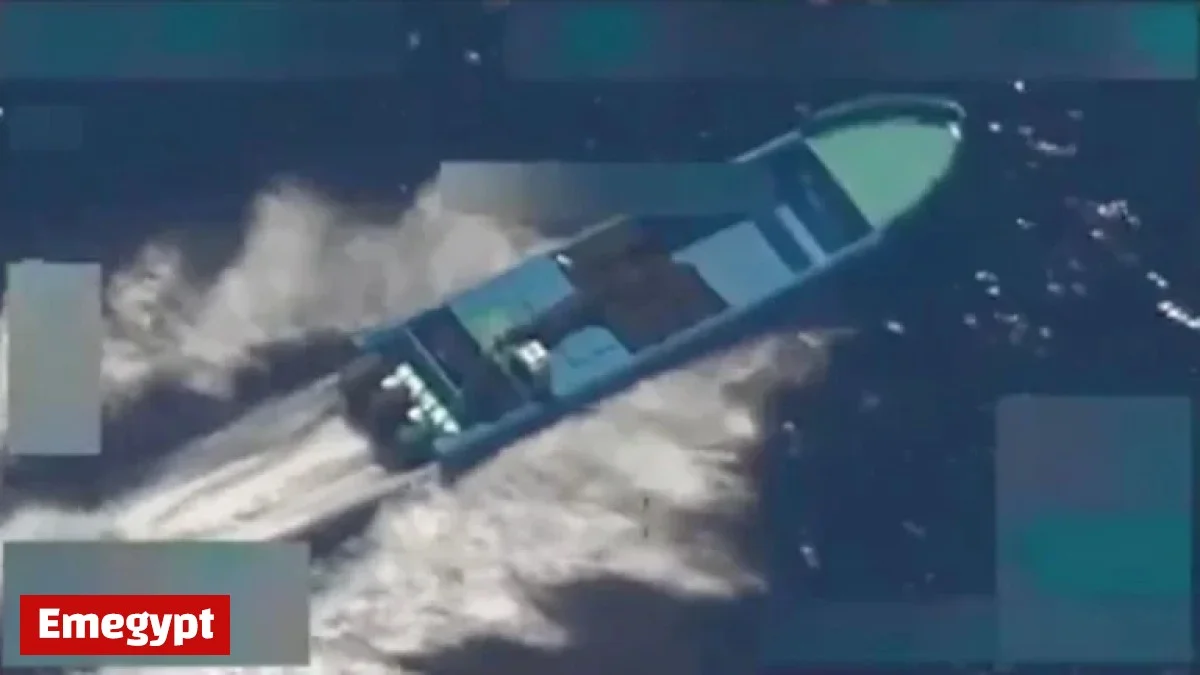
The US military has expanded its campaign against drug trafficking in the eastern Pacific this week through lethal strikes on two boats. Secretary of Defense Pete Hegseth confirmed that these operations resulted in the deaths of all individuals aboard each vessel. This marks a significant escalation, with these strikes being the eighth and ninth since early September.
Details of the Strikes
Prior to this week’s actions, all seven previous strikes had occurred in the Caribbean Sea. In total, the US military has now accounted for at least 37 fatalities across these operations. Hegseth stated, “Narcoterrorists intending to bring poison to our shores will find no safe harbor anywhere in our hemisphere.”
Targeting Designated Terrorist Organizations
According to Hegseth, the boats targeted in the latest strikes were linked to Designated Terrorist Organizations involved in narcotics smuggling. Intelligence reports indicated that these vessels were operating along known trafficking routes.
- Strike on Tuesday:
- Location: Eastern Pacific
- Casualties: Two individuals killed
- Second strike on Wednesday:
- Location: Eastern Pacific
- Casualties: Three individuals killed
Comparison to Terrorist Threats
Hegseth drew a parallel between drug traffickers and terrorist groups like Al Qaeda, highlighting that both pose significant threats to national security. He emphasized, “There will be no refuge or forgiveness—only justice.”
Legal Framework and Consequences
The Trump administration has sought legal justification for these lethal strikes against cartels, positioning them as combatants in a war on drugs. This classification allows for summary actions without judicial oversight, raising concerns among legal experts.
In a recent operation, US forces did not detain two survivors from a vessel struck in the Caribbean, opting instead to repatriate them to Ecuador and Colombia. This decision may pose future legal and policy challenges regarding the authority to detain suspected traffickers.
As the US military continues its drug crackdown, the implications for international narcotics operations remain significant, with heightened vigilance in both Pacific and Caribbean regions.
